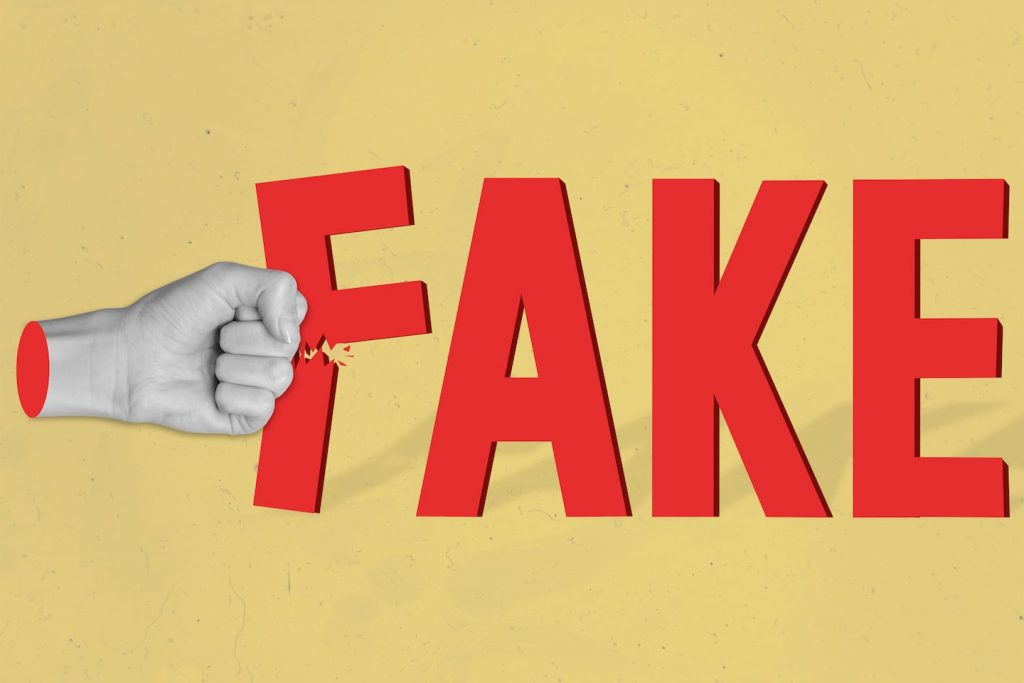Navigating the Minefield: Journalism’s Struggle Against Misinformation in the Digital Age
The digital age has ushered in an era of unprecedented information access, but it has also unleashed a torrent of misinformation that poses a significant challenge to journalistic integrity and the very fabric of democratic discourse. This dilemma isn’t new; journalists have long grappled with how to address false allegations without inadvertently amplifying them. However, the advent of social media has dramatically accelerated the spread of misinformation, leaving journalists scrambling to respond to the relentless barrage of fake news. As we enter the crucial local election season, the stakes are higher than ever, and the need for effective strategies to combat misinformation is paramount.
The central conundrum lies in balancing the imperative to debunk false narratives with the risk of inadvertently giving them greater oxygen. Ignoring false allegations allows them to fester and spread unchecked, potentially influencing public opinion and undermining trust in legitimate sources of information. Conversely, addressing these falsehoods directly carries the inherent risk of amplifying their reach, exposing them to a wider audience than they might otherwise have reached. This challenge has been amplified by the nature of the current media ecosystem, which, driven by analytics, engagement metrics, and the insatiable demand for rapid-fire news cycles, often inadvertently rewards sensationalism and emotionally charged content, regardless of its veracity.
In 2018, Whitney Phillips, in her insightful white paper on "the oxygen of amplification," offered valuable guidance to journalists on how to navigate this complex terrain. Her recommendations emphasized the importance of rigorous news judgment, urging journalists to carefully assess the newsworthiness of potentially harmful information and avoid unnecessary amplification. Providing clear context, she argued, is essential to ensure that audiences understand the nature and origin of the falsehoods being addressed. This approach recognizes the need for a delicate balance between informing the public and mitigating the risks of spreading misinformation.
Claire Wardle, an expert on misinformation and user-generated content, echoes Phillips’ concerns while also cautioning against a blanket avoidance of false narratives. In an interview, she emphasized that completely ignoring falsehoods is not a viable solution. Instead, she advocates for a proactive approach, promoting the concept of "pre-bunking." This strategy involves forewarning audiences about potential misinformation campaigns, particularly in the context of elections. By alerting the public to likely rumors and tactics, journalists can help build resilience against misinformation and inoculate them against its insidious effects.
Wardle points out the particular vulnerability of women and minority candidates in local elections, highlighting their susceptibility to identity-based attacks and the frequent use of mis- and disinformation to undermine their campaigns. Pre-bunking, in this context, becomes a crucial tool to protect against these tactics and ensure a fair and informed electoral process.
The case of Boston Mayor Michelle Wu provides a stark illustration of how quickly misinformation can spread in the digital age. A viral Facebook post falsely claimed that Wu was funded by the Chinese Communist Party, a serious and inflammatory charge that quickly gained traction online. While the original source ultimately traced back to a misleading article, the speed and ease with which the false information circulated underscores the challenges journalists face in combating online falsehoods.
Wardle attributes the prevalence of misinformation in local communities to the strong emotional ties that bind residents to their neighborhoods. This emotional connection can make people more susceptible to narratives that resonate with their anxieties and concerns, even if those narratives lack factual basis. To counter this, she urges audiences to pause and critically evaluate information that elicits strong emotional responses, recognizing that purveyors of misinformation often exploit these vulnerabilities.
To bolster defenses against misinformation, Wardle and other media literacy experts recommend a multi-pronged approach. Conducting basic Google searches can quickly reveal whether a potentially false claim has been debunked by reputable news organizations. Practicing "lateral reading," which involves consulting multiple sources on the same topic, can help corroborate information and expose inconsistencies or biases. Scrutinizing the "About" page of websites can provide insights into their credibility and potential agendas, allowing readers to assess the trustworthiness of the information presented.
Ultimately, transparency emerges as a powerful weapon against disinformation. This applies not only to politicians but to journalists as well. Openly acknowledging the risks of repeating false allegations, while simultaneously trusting readers enough to explain the rationale behind calling them out, fosters a climate of trust and accountability.
In conclusion, the fight against misinformation demands a delicate balancing act. Responsible debunking—grounded in facts, context, and a commitment to accuracy—remains journalism’s most effective response. By embracing transparency, prioritizing accuracy, and actively working to preempt misinformation campaigns, journalists can uphold their crucial role in defending the integrity of information in the digital age.


